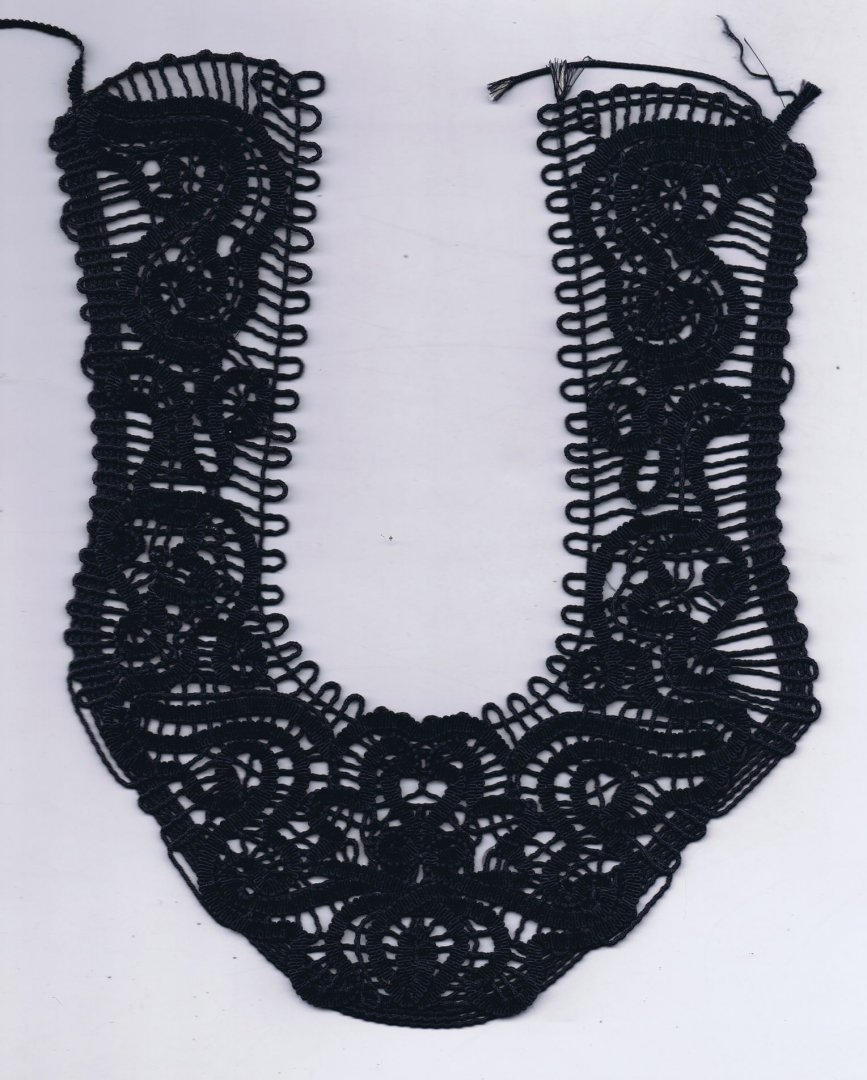Complete guide to macramé embroidery: techniques and tips
Essential materials to get started with macramé
To dive into the world of macramé, choosing the right materials is essential. Rope or yarn is the central element of any macramé project, the choice of which can greatly influence the appearance and strength of the finished product. Cotton ropes and yarns, known for their softness and flexibility, are among the most popular for beginners because they are easy to handle and available in a wide range of thicknesses and colors. For projects that require more strength, such as furniture or outdoor decorations, ropes made of synthetic materials or jute can be used.
It is important to determine the nature of the project and the environment in which it will be placed in order to choose the most suitable material. While finer, more decorative yarns enhance the beauty and complexity of the handwork, sturdier materials ensure that larger, more functional creations remain beautiful and intact over time. The beauty of macramé lies precisely in this versatility, which allows artisans to express their creativity through a wide range of designs.
In addition to the rope, a few basic tools such as sharp scissors, yardsticks, and clips are useful to help maintain order while working. Although macramé can be made without the use of supports, many crafters prefer to use frames or rods on which to fasten their work to facilitate the creation of more complex designs.
Macramé embroidery on fabric and leather: advanced techniques
For more experienced artisans, macramé offers the opportunity to explore advanced techniques by applying knot weaving to materials as diverse as fabric and leather. This approach not only enriches the range of textures and visual effects that can be achieved, but also paves the way for new practical and decorative applications of macramé.
Working macramé on fabric requires an understanding of how different fabrics react to knots and tension. Decorative inserts can be created for clothing, bags or accessories by incorporating knot weaving directly onto fabric to add a unique and personalized touch.
Leather, with its distinctive strength and texture, offers another level of challenge and satisfaction. Creating macramé weaves on leather can lead to the creation of jewelry, belts, or even footwear elements, combining the strength of leather with the delicacy and intricacy of macramé knots.
How to maintain and care for your macramé projects
The durability and beauty of your macramé projects depend largely on the care and maintenance they receive. With the right approach, your macramé creations can maintain their luster for years. Regular cleaning is essential, especially for everyday items such as curtains, placemats or home decorations. Most macramé projects can be gently hand-washed with cold water and a mild detergent, being careful not to tangle the threads.
After washing, it is important to dry the macramé properly, preferably outdoors or in a well-ventilated area, avoiding direct exposure to sunlight that could fade the colors. For particularly delicate or intricate pieces, consider using a low temperature hair dryer to prevent residual water from causing damage or mold.
Proper storage is another crucial aspect of caring for macramé projects. When not on display, store your macramé items in a dry environment out of direct sunlight. Using breathable fabric bags can help prevent dust buildup and keep your work in pristine condition.
By following these simple steps, you can ensure that your macramé creations remain as charming as the day they were completed, becoming true handcrafted treasures to be admired over time.
Inspirations and creative ideas for macramé embroidery
Macramé is a vast field full of creative potential, offering endless possibilities for personalizing living spaces or adding a unique touch to one's personal style. From attention-grabbing wall decorations to hanging lamps that add a warm and welcoming atmosphere, macramé can transform any room with its bohemian charm and intricate texture.
For those seeking inspiration, exploring galleries of macramé projects or attending workshops and classes can be a great way to discover new ideas and techniques. Macramé shoe uppers, for example, are gaining popularity in sustainable fashion, offering an eco-friendly and stylistically versatile alternative to traditional shoes.
Don't hesitate to experiment with different colors, materials and patterns. Using colorful yarns or incorporating beads and other embellishments can add an extra level of detail and personalization to your designs.
Conclusion
Whether you are a beginner eager to learn the basic knots or an experienced crafter looking for new creative challenges, macramé offers a world of possibilities to explore.
With patience and practice, your macramé creations will be beautiful decorations that fully express your personality. Start experimenting with rope and take this ancient art into new and exciting directions!
